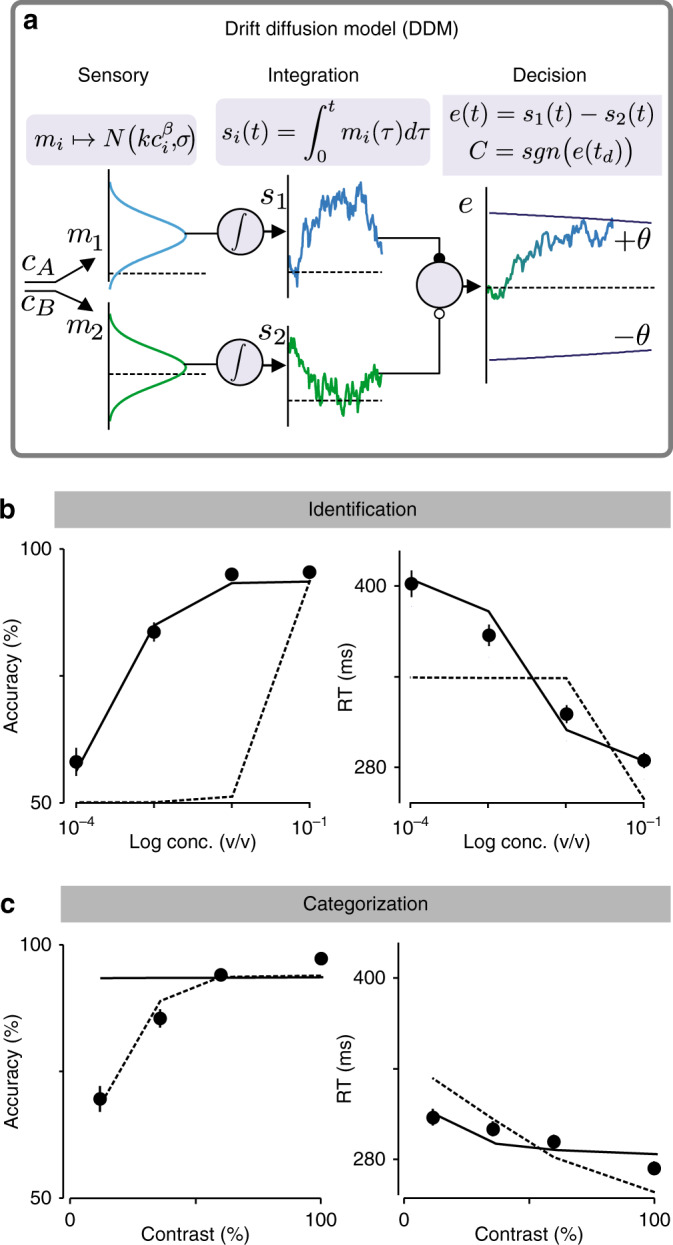Fig. 3. Failure to simultaneously fit performance on identification and categorization tasks with Drift-diffusion model.

a Drift-diffusion model (DDM). The model consists of three layers—sensory, integration and decision layer. At the sensory layer, concentrations are transformed into rates that are contaminated with Gaussian noise. These rates are then integrated over time (integration layer) and combined. Note that the choice of weights (−1 and 1) for the decision layer allows it to effectively be a DDM with collapsing bounds. This model presents 7 parameters (Methods). b Fitting results for accuracy and reaction time in identification task. Black solid line represents the model fit for this data, and dashed lines the prediction from the categorization data fit. c Fitting results for accuracy and reaction time in categorization task. Solid black lines depict the prediction for this data from the model fitted to identification, and dashed lines the DDM fit for this data. Error bars are mean ± SEM over trials and rats.
